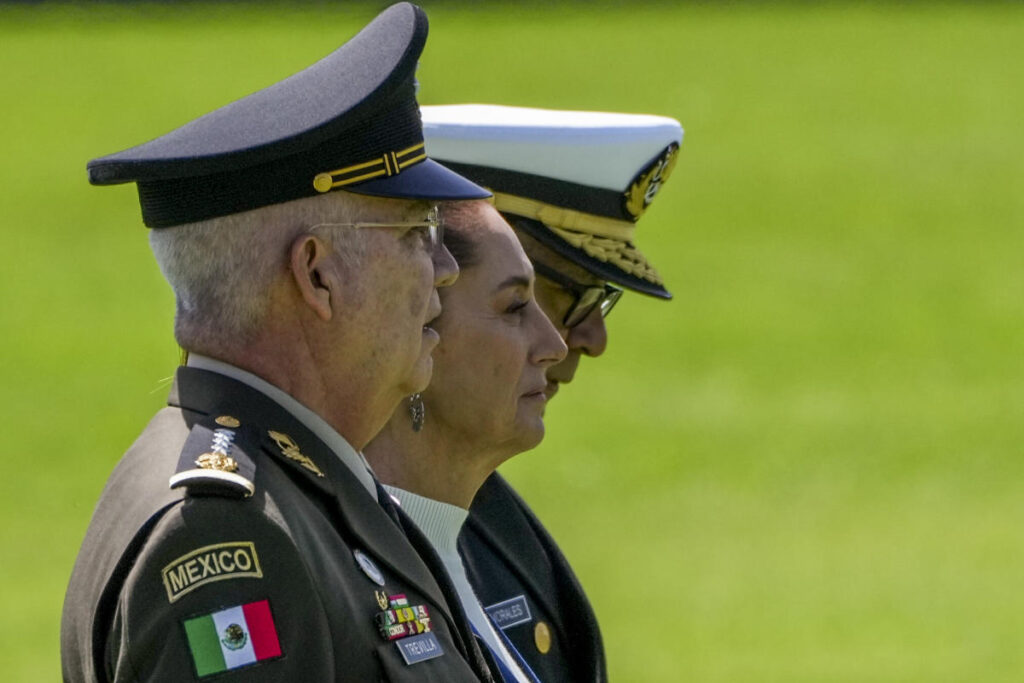In Guerrero, Mexico, a region characterized by escalating violence, four Roman Catholic bishops have urgently called on civilian and military authorities to take action to protect local residents. This appeal follows a surge in violent incidents that have resulted in over a dozen fatalities within a short time span. Tecpan de Galeana, a town approximately 65 miles from Acapulco, has become a focal point of this unrest, compelling local authorities to suspend classes in the surrounding municipalities as safety concerns mount. The situation underscores a troubling period marked by intensified power struggles among rival criminal organizations, which the bishops believe are exacerbated by the complicity or negligence of officials who should uphold security and justice in the area.
Earlier in the year, the same bishops garnered attention for trying to mediate peace by meeting with drug cartel leaders, aiming to establish a truce in the violence-ridden region. However, those discussions ultimately fell through when one party allegedly reneged on the agreement, highlighting the complexities involved in negotiating peace among such groups. Former President Andrés Manuel López Obrador expressed support for these dialogues; yet, the unresolved nature of these tensions illustrates the challenges facing any attempts at peace in Guerrero, where the bishops argue that power dynamics among criminal factions are becoming increasingly entrenched.
As the violent incidents have continued to unfold, the administration of President Claudia Sheinbaum has faced significant scrutiny. Notably, her tenure has already seen stark acts of violence, including the shocking assassination of the newly elected mayor of Guerrero’s state capital, who was killed shortly after taking office. This has contributed to a broader sense of insecurity not just in Guerrero but also in the surrounding states like Sinaloa and Chiapas, where violence against notable figures, including priests and activists, has raised alarm about the safety of community leaders.
In response to queries about the spiraling violence, Sheinbaum maintained that her security strategies would be implemented gradually, asserting that a key element of her administration’s approach would center on combating impunity rather than directly negotiating with criminal organizations. She expressed a determination to confront the underlying social issues that foster violence, focusing her efforts on addressing the root causes rather than engaging with perpetrators. This position indicates her administration’s intention to reverse the narratives of violence through structural changes rather than tactical negotiations.
The ongoing violence in Guerrero and surrounding regions serves as a stark reminder of the challenges that persist in Mexican society, with various institutions and communities acutely affected by both crime and governmental response. The calls from the bishops reflect a desperation among local leaders for a more robust and effective response from authorities to restore safety and stability, especially for vulnerable populations. It underscores the importance of concerted efforts to address the conditions that allow criminal organizations to thrive, as well as the necessity for collaborative work among church leaders, government officials, and community members.
In summary, the situation in Guerrero presents a complex interplay of violence, governance, and community response. The bishops’ plea encapsulates the urgent need for protective measures and dialogue in the face of power struggles between rival criminal factions, underscoring a larger dialogue about accountability and the role of government in ensuring safety. As President Sheinbaum contends with the legacy of her predecessor while charting her own course, the path forward remains uncertain, contingent upon her administration’s ability to enact effective measures that resonate with the needs of the population while also confronting the pervasive violence challenging the state.

